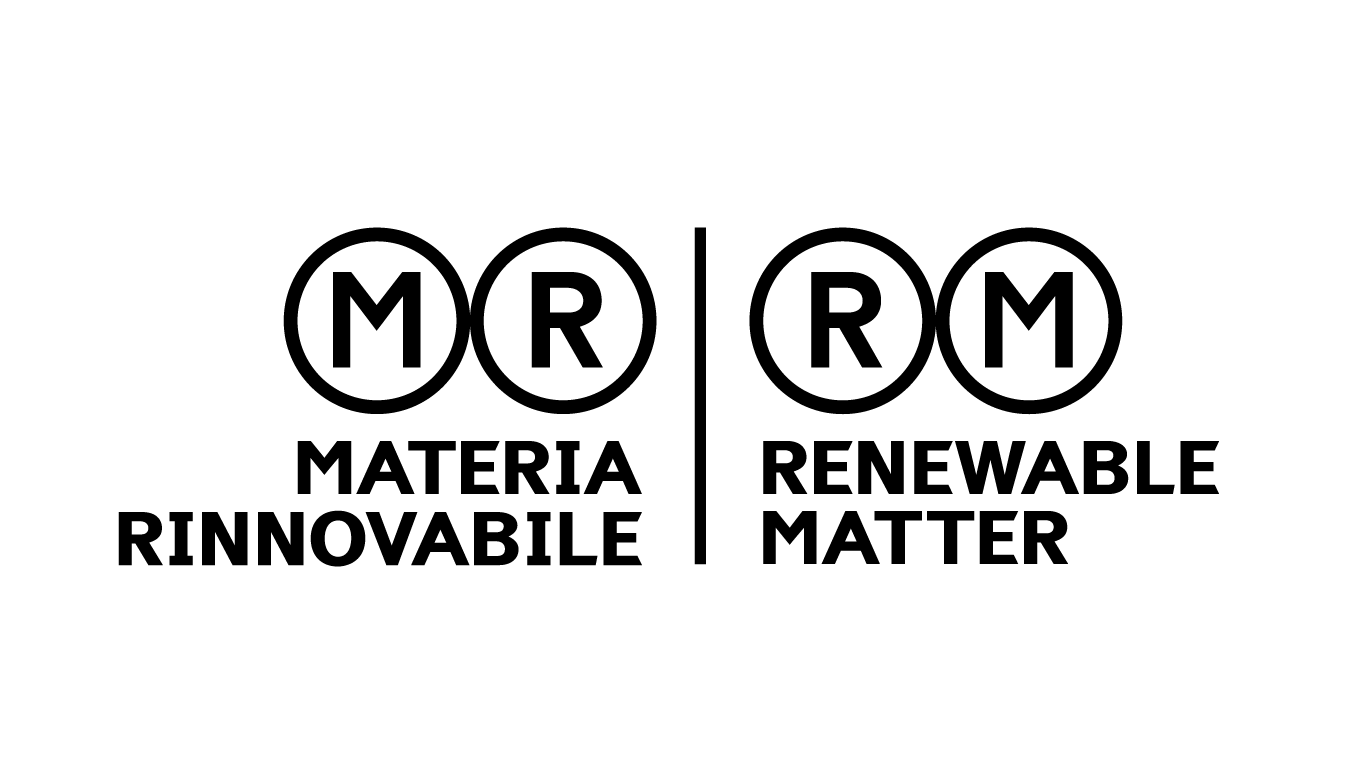
The wood-furniture supply chain is one of the pillars of the Italian industrial system, with a positive trade surplus of €7.9 billion. The sector employs almost 300,000 people and counts over 64,000 companies, generating a production value of €51.7 billion. However, tariffs, Asian products and EU directives are complicating the short- and long-term future, at the very moment the sector is investing heavily in the circular economy.
To discuss this and more, the Editor-in-Chief of Renewable Matter met with the President of FederlegnoArredo, Claudio Feltrin, at the quiet Milan headquarters in Foro Buonaparte. “The situation is difficult, but not critical,” Feltrin begins. Determination and research are the response to US tariffs, which are starting to have an economic impact. “July and August reported very negative figures for our furniture exports, down 15.2%. Our hope is to end 2025 with losses in this market below 10%. The US tariffs have been way less than ideal for us. For the Italian furniture industry, the United States is the second-largest target country after France and the largest outside the EU.”
Direct sales to the US are not the only impact of this global trade war.
Let's take a closer look at what is happening between the US and China. Currently, US tariffs on furniture from China and Southeast Asia are very high, and this is pushing Asia to export to the European market, with significant growth in flows. At the moment, this growth is still below 30% and, above all, it concerns low-end furniture. Of course, China is practising classic dumping and also beginning to turn its attention to high-end furniture, as it did with cars and mobile phones.
Could outlets in other markets, such as South America or the Middle East, mitigate the effects?
The South American market is certainly attractive due to its cultural proximity, but the Mercosur trade agreement will only guarantee a phased reduction in tariffs over time, as it comes into force too late, reducing tariffs from 100% to 30%. Moreover, they often use European products as loss-leaders, meaning that our high-priced furniture is compared with products from Latin American furniture manufacturers, which manage to offer lower prices. The Middle East is a promising market because, unlike the Mercosur market, there is no domestic production and, despite significant cultural barriers, there is a great appreciation for Italian-made products. On the other hand, it took 40 years to establish the US market, now worth €2 billion, and, although social media and the internet have greatly accelerated the spread of brands, it will also take time to strengthen our presence in the Middle East.
You also launched the Salone del Mobile (Furniture Fair) in Saudi Arabia.
The operation in Riyadh, begun in early times, is proving useful, and the prospects are good. There is already great interest in the beta edition [three days from 26 to 28 November 2025, editor's note], and we are preparing for a large-scale version next autumn.
Many are considering possible relocations to the USA.
Our hope is that Trump understands how tariffs, after disrupting the global economic order, will hurt everyone, including the US market. If the intention is to get European companies to manufacture in the US, it is important to remember that it takes years to set up factories: you have to recruit and train staff, you have to invest and spend, with the result that products will probably be more expensive anyway. On top of that, there's a risk of creating new facilities when, in three years' time, the tariffs could be lifted.
Are Italy's stimulus measures working?
The €5,000 furniture bonus, currently reconfirmed for 2026, is a start, but the government should create an additional measure to help young couples who are buying a home. Today, the furniture bonus is tied to renovation and energy efficiency work. We are advocating for something more substantial, with slightly higher amounts and, above all, a five- or ten-year plan focused on young couples.
How can the circular economy become a market driver, considering the continued interest of a large portion of Italians?
Extended producer responsibility for furniture is instrumental to the reuse chain, as it allows for the recovery of quality furniture that can be refurbished. Components can be recovered, as well as materials (iron, wood or plastic) for recycling. If the collected product is mechanically sound and functional, it can create a new market for quality second-hand goods, allowing young people or lower-income households to own beautiful, environmentally friendly furniture. This opens up new economic supply chains, which can counteract low-cost, low-quality furniture with a high environmental impact.
How can the creation of a consortium be useful in this regard?
With our voluntary furniture Consortium, we are already working on identifying chains for the collection, repair and regeneration of products, which then have to satisfy that type of market. According to the programme agreement signed with MASE last April, we have identified four provinces for testing – Treviso, Milan, Naples and Bari – and are gathering as much data as possible. So far, we are finding that our study is definitely on target, and perhaps even underestimates the market potential.
How will EPR reverse logistics be managed?
The collection will also be handled by furniture retailers, just as is already the case with electrical appliances, who will direct the furniture to the most suitable dismantling centre. For some furniture pieces, such as chairs and tables, this will be straightforward, while for others – such as kitchens – increasingly efficient methods will be developed.
Is there a circularity mindset in the supply chain?
We face the challenge of raising awareness and proving that there is a business opportunity here. We also need to look at what is happening in Northern Europe: in order to participate in a public tender for furniture, a requirement that at least 20% of the furniture be recycled or have a circularity index may be imposed.
The EUDR, intended to assist in tracking timber sustainability, is not progressing as anticipated…
As mentioned before, the EUDR is way too costly. Companies will have to adapt to new procedures and traceability systems that meet the objectives set out in the Regulation, but excessive bureaucratic and economic burdens must be avoided. For example, software for due diligence declarations can cost up to €80,000. We are deeply concerned: if the right action is not taken, the EUDR could have an even greater impact than the tariffs themselves. It is in the interests of the wood and furniture sector to stop deforestation, and we are already a virtuous supply chain in this regard, but bringing businesses to the ground is inconceivable.
Cover: Claudio Feltrin, Courtesy FederlegnoArredo | Crediti F. Rucci



